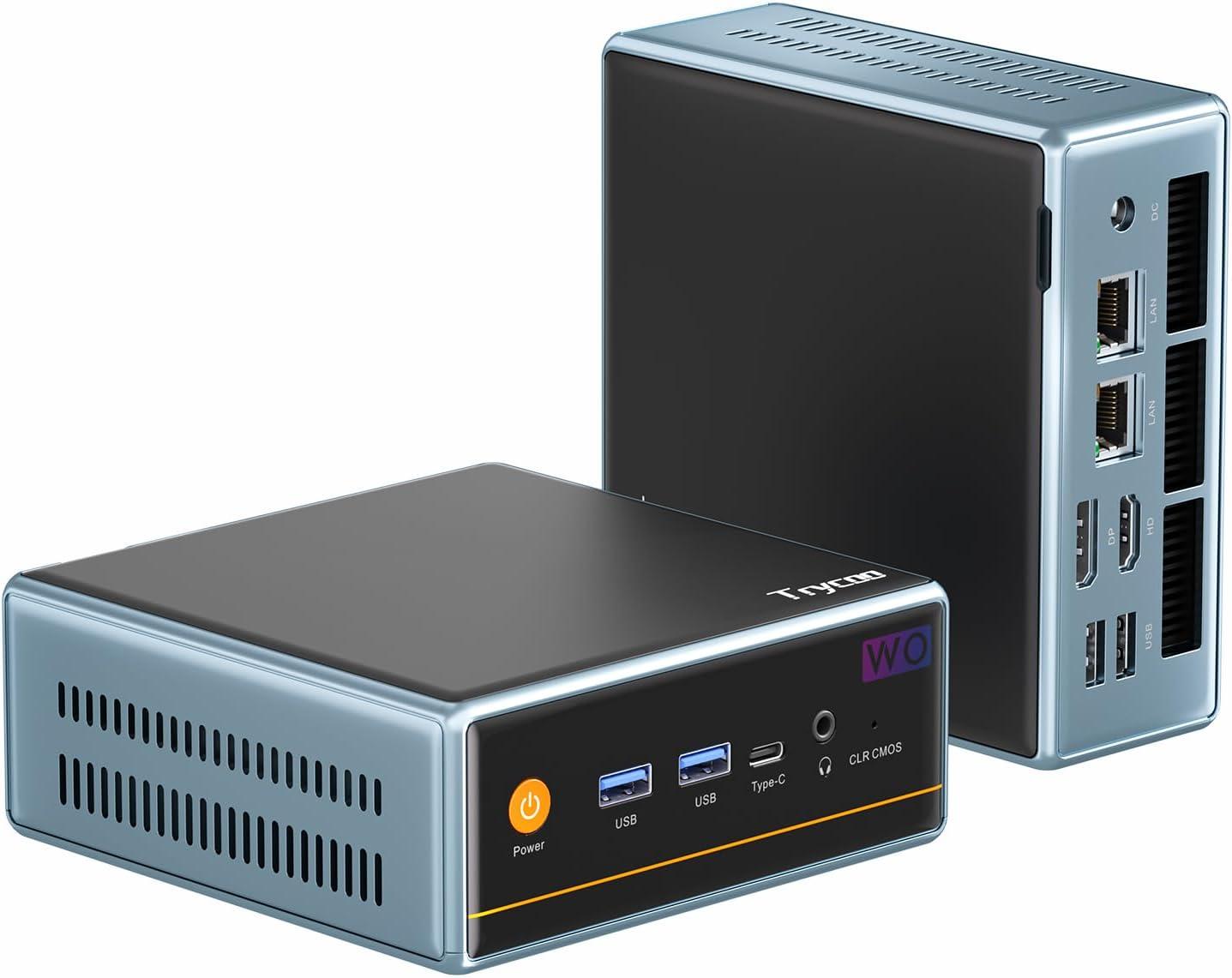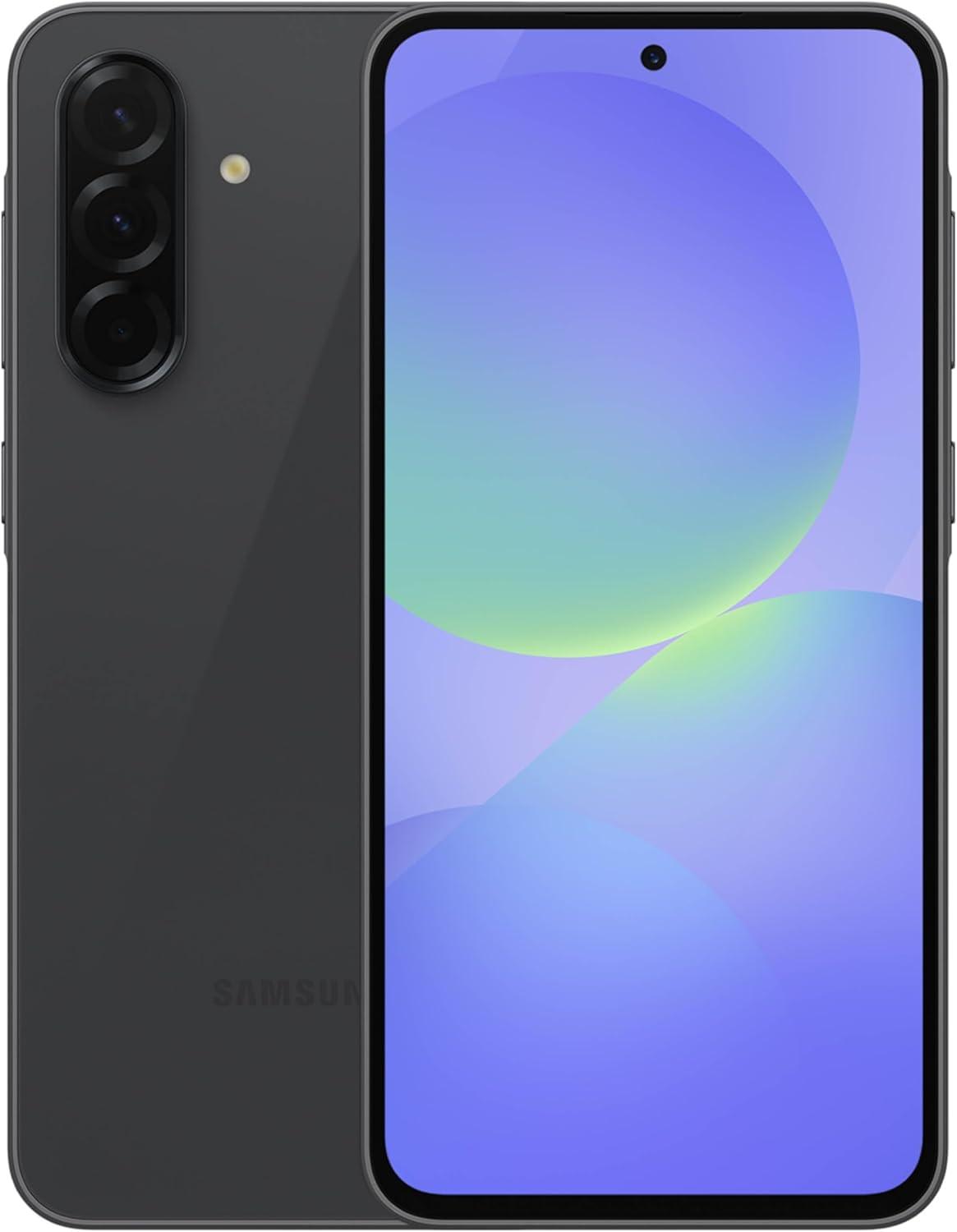ASUS TUF vs Acer Nitro V: 180Hz Showdown for Gamers In the high-stakes arena of gaming hardware, the ASUS TUF Gaming Monitor (VG259Q3A) and Acer Nitro V Laptop (ANV15-51-723D) engage in a silent but fierce rivalry-both aiming to deliver peak performance, yet diverging in their signature traits. The TUF monitor, with its blistering 180Hz refresh rate and 1ms response time, is the ultimate visual weapon, engineered for fluid action and cinematic clarity. Its FreeSync technology and Shadow Boost feature ensure smooth gameplay even in the most demanding titles, while its 99% sRGB color gamut and built-in speakers make it a self-contained fortress for immersive experiences. On the other side, the Acer Nitro V's 165Hz display, though slightly lagging in refresh rate, compensates with a powerful Intel i7-13620H processor and NVIDIA GeForce RTX 4050 GPU, a duo that powers through high-end graphics with ease. Its 1TB Gen 4 SSD and Wi-Fi 6 connectivity offer rapid access to games and seamless online play, but the TUF monitor's "thunderbolt" refresh rate steals the spotlight for split-second precision. To build a true gaming ecosystem, these contenders are paired with other tech darlings. The SteelSeries Arctis Nova 7 FaZe Clan Edition headset bridges platforms with dual wireless support, delivering 38 hours of battery life and crystal-clear audio for both solo and multiplayer battles. Meanwhile, the ASUS TUF B760-PLUS motherboard, with its PCIe 5.0, DDR5, and Thunderbolt 4 compatibility, serves as a robust backbone, ready to fuel the latest CPUs and storage demands. For those seeking compact power, the Trycoo Mini PC's Ryzen 7 5700U processor, 4K@60Hz output, and dual LAN ports offer a sleek, high-performance alternative without sacrificing versatility. In this showdown, the 180Hz monitor's speed advantage may tilt the scales, but the Nitro V's balanced power and portability don't come short. Whether you prioritize lightning-fast visuals or a powerhouse laptop, the choice hinges on your gaming ambitions-and the components that make them possible.
Galaxy A36 5G vs A16 4G: Surprising Speed & Value Showdown In the realm of budget-friendly smartphones, the Samsung Galaxy A36 5G and A16 4G stand as rivals, each vying for attention with a distinct set of tools. The A36, with its 5G connectivity, promises lightning-fast internet speeds that could rival its more premium counterparts, while the A16, a 4G stalwart, offers a compelling blend of durability and performance. The A36's rugged design and expandable storage (up to 128GB, with some variants even hinting at a 4GB boost) suggest it's built for adventurers who need both flexibility and resilience. Its super fast charging capability ensures you're back in the game quickly, a boon for those who despise waiting for their phone to power up. Meanwhile, the A16's 50MP dual camera and 4900mAh battery position it as a lifestyle companion, capturing moments with clarity and lasting through days. But here's the twist: the A16's 4G LTE might not feel like a downgrade in a world where 5G is ubiquitous. Its 6.7" AMOLED display offers a vivid canvas, and the US 1-year warranty provides peace of mind. For users prioritizing legacy networks and camera quality, the A16 could still shine. Yet, the A36's 5G prowess-coupled with its Affordable Performance label-raises questions about why the older model hasn't been left behind. Ultimately, the showdown hinges on balance: the A36 wields modern speed without breaking the bank, while the A16 offers a more complete package for those who value reliability over the latest tech. Whether you're chasing connectivity or content, both models present a narrative of affordable innovation.


